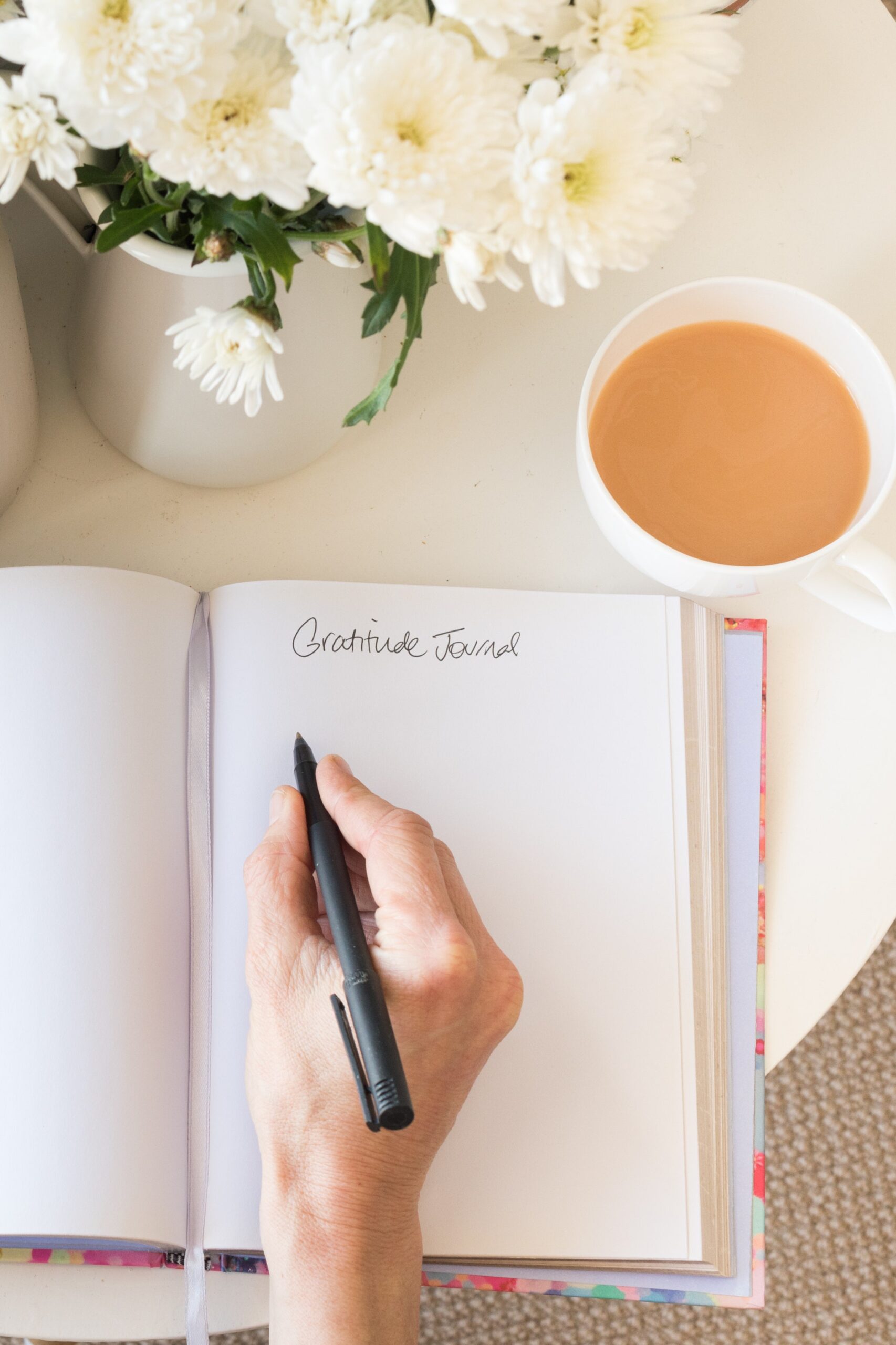With all the stress of the pandemic swirling about, it’s easy to settle into discouragement, particularly as headlines are dire. This can lead to feelings of isolation, and when coupled with anxiety, can leave you spiralling. While meditation and physical exercise have been lauded as tools to combat this, simply feeling gratitude is another great addition. “MRI scans show that when a person is feeling gratitude, more dopamine is released hence the brain will train itself over a period to focus more on the good rather than the bad,” says Mumbai-based counselling psychologist, Radhika Gupta. “A lot of the negative emotions like resentment, blame, guilt, despair and anger come from a place that we are not getting enough from someone else or don’t deserve to be in a particular situation. This harms only is because more often than not, as we can’t change others,” explains Gupta. She further adds, “Practising gratitude helps us focus on the things others are doing right and hence reduces our negative own experience.” How can you focus on feeling it on a daily basis? Try a gratitude journal.
What is a gratitude journal?
It is a daily journal that is focused on thankfulness and appreciation of the little things. “Maintaining a gratitude journey is a simple but powerful reflective practice for people of all ages. This discipline helps you to re-centre your mind and it can help you to focus on what matters, especially when you slip into negative thought patterns,” points out Marisa Donnelly, creative writer and writing coach (founder of Be A Light Collective). “Another great aspect of gratitude journaling is that there’s no right or wrong way to do it. You simply show up, put your pen to the paper, and let what comes, flow naturally,” she adds. “When everything feels different, unknown, or even scary, the practice of writing what you’re thankful for can bring you out of despair and into hope,” affirms Donnelly.
Yoga guru Pragya Bhatt, author of Beyond Asanas, states that journaling can be a ‘mental detox’. “It helps clear the clutter from your mind and express yourself without the fear of being judged. It also helps to process situations that happen to us and this helps to handle disappointments as well as the happy moments in life,” she says.
How does writing your thoughts help?
“Sequential hand movements activate regions in the brain, like the left frontal lobes, responsible for healing and memory. That’s why writing through hand is better than typing as handwriting calms the nerves, slows down mental ageing, eases depression and stimulates creativity,” says Leela Sylvia Isani, a certified holistic healer. How to get started? “The idea is to focus on what you have, instead of what seems to be missing. You will see the list will grow day by day. Start by writing five things you are grateful for. Find at least one new thing or situation you are thankful for every day,” she says.
The gratitude journals you can work on now
If you’re just getting started with this practice, pick up the Good Days Start With Gratitude journal, which only requires you to fill in three things you’re grateful for each day. If self-improvement is more your goal, The The Five Minute Journal: A Happier You in 5 Minutes a Day requires a twice-a-day check-in. You fill in your intentions in the morning, and then circle back at the end of the day to fill in the positive movements and goals you reached. Michelle Obama’s book Becoming: A Guided Journal takes things a step higher, encouraging readers to identify key turning points in their life stories through daily journalling. The focus is on understanding these facets to further social change. If children are looking to get into the same habit as you, look to the The 3 Minute Gratitude Journal for Kids, which lets you pick your mood through emojis, and offers kids prompts to help them start thinking of what they’re grateful for.
If you’re not able to buy or order any new journals, look for ones that you can download, print and use now, like Ban.do’s Wellness Planner, which tacks on tracking moods, diet and fitness routines in the same journal. While putting pen to paper is ideal, if typing on your phone is more your style, there’s a way to do that too. Download apps like Gratitude and Reflectly (available on iOS and Android devices).
The article was first published in Vogue





